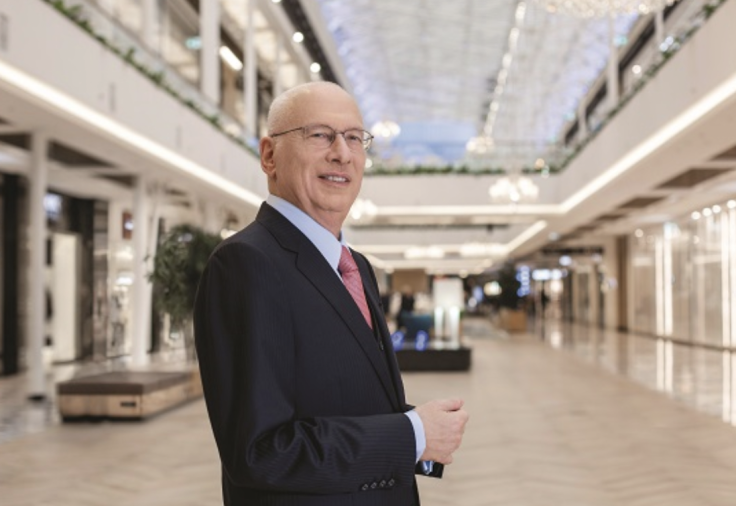The Resurgence of Retail Real Estate: A Tale of Adaptability and Innovation
G City's Chaim Katzman is optimistic about the future of retail real estate, citing the importance of customer centric innovation and boasting impressive operating achievements.

Retail real estate, long predicted to be an endangered sector, is experiencing a surprising resurgence. Metrics such as reduced vacancy rates, increased rents, and a surge of newly opened stores all indicate that this sector is more than merely surviving—it's thriving. This vibrant comeback is reshaping the commercial real estate landscape and signaling a promising future for brick-and-mortar retail.
The latest data from sources like Moody's Analytics and the Wall Street Journal highlights some interesting developments. For instance, the U.S. retail vacancy rate fell to 6.1% in the second quarter of 2022, the lowest it's been in over 15 years. Also, asking rents for U.S. shopping centers were 16% higher than they were five years ago. Moreover, Moody's Commercial Property Price Index reported a 5.6% rise in retail commercial property prices in 2022.
Despite the growing dominance of e-commerce, brick-and-mortar retail has demonstrated impressive resilience, even amid the pandemic. This can be attributed to a combination of shifting consumer behaviors and innovative business strategies. The pandemic-era shift to online shopping was largely out of necessity, but as conditions improve, consumers are rediscovering the unique benefits of in-person shopping.
At the forefront of this retail renaissance is G City (TASE: GCT), a company that has demonstrated remarkable innovation in repurposing underused spaces for creative uses, such as community amenities and entertainment options. The approach is about more than just filling empty spaces—it's about reimagining the retail experience.
"We're creating experiences and communities," says Chaim Katzman, CEO and Founder of G City. "That's the key to future retail success. It's about delivering what online can't – immediate product availability, personal interaction, and tangible experiences. The world changed in 2020, and so did our strategy. We've recognized the need for change and have adapted quickly, allowing us to grow and thrive in this new environment."
A compelling example of this trend is the increasing number of companies that began as online-only retailers and are now establishing physical stores, such as Warby Parker, a leading online retailer of eyewear which has aggressively expanded into physical stores over the past few years. In fact, as of the end of 2022, Warby Parker had 200 stores in 36 states, Washington, D.C., and Canada which generated 60% of the company's total sales, and the company plans to add tens of more locations in the near future. Despite the growth in store openings, there has been a significant slowdown in new retail construction. This has led to developers favoring renovations over new builds, breathing new life into existing properties.
That's not to say there aren't challenges ahead. While certain major tenants like Bed Bath & Beyond have announced widespread closures, and office-dependent neighborhoods continue to struggle with reduced customer traffic due to remote work, Katzman is optimistic.
"Yes, there are challenges, but there are also opportunities. We're seeing a shift in retail real estate. The future is about adaptability, innovation, and, most importantly, understanding and serving the customer. Retail is far from dead. It's evolving, and G City is eager to drive that evolution," he adds.
G City recently published results for the first quarter of 2023, showcasing impressive operating achievements such as increased NOI (net operating income), as well as increased cashflow and FFO (funds from operation), which is considered a core parameter in analyzing REIT performance. Notably, G City also continued to make strides in increasing its liquidity, including a number of major sales, and most notably, achieving a last-minute sale in Russia in light of looming regulations that would have put them at risk of nationalization.
Unlike other sectors, retail leases are long term sometimes lasting for decades while often being CPI adjusted, thus serving as a credible hedging mechanism during times of high inflation. While inflation has raised the costs of building materials, replacement costs and asset expenses, G City's growth in net operating income alongside rental income being mostly CPI adjusted and a likely increase in property valuations positions well for the future.
With resilience as its calling card, the retail real estate sector appears to have a promising future. The revival of brick-and-mortar stores, coupled with forward-thinking business strategies, underlines the increased potential of this sector. The unfolding story of retail real estate's comeback underscores its important role in the commercial real estate scene.





















